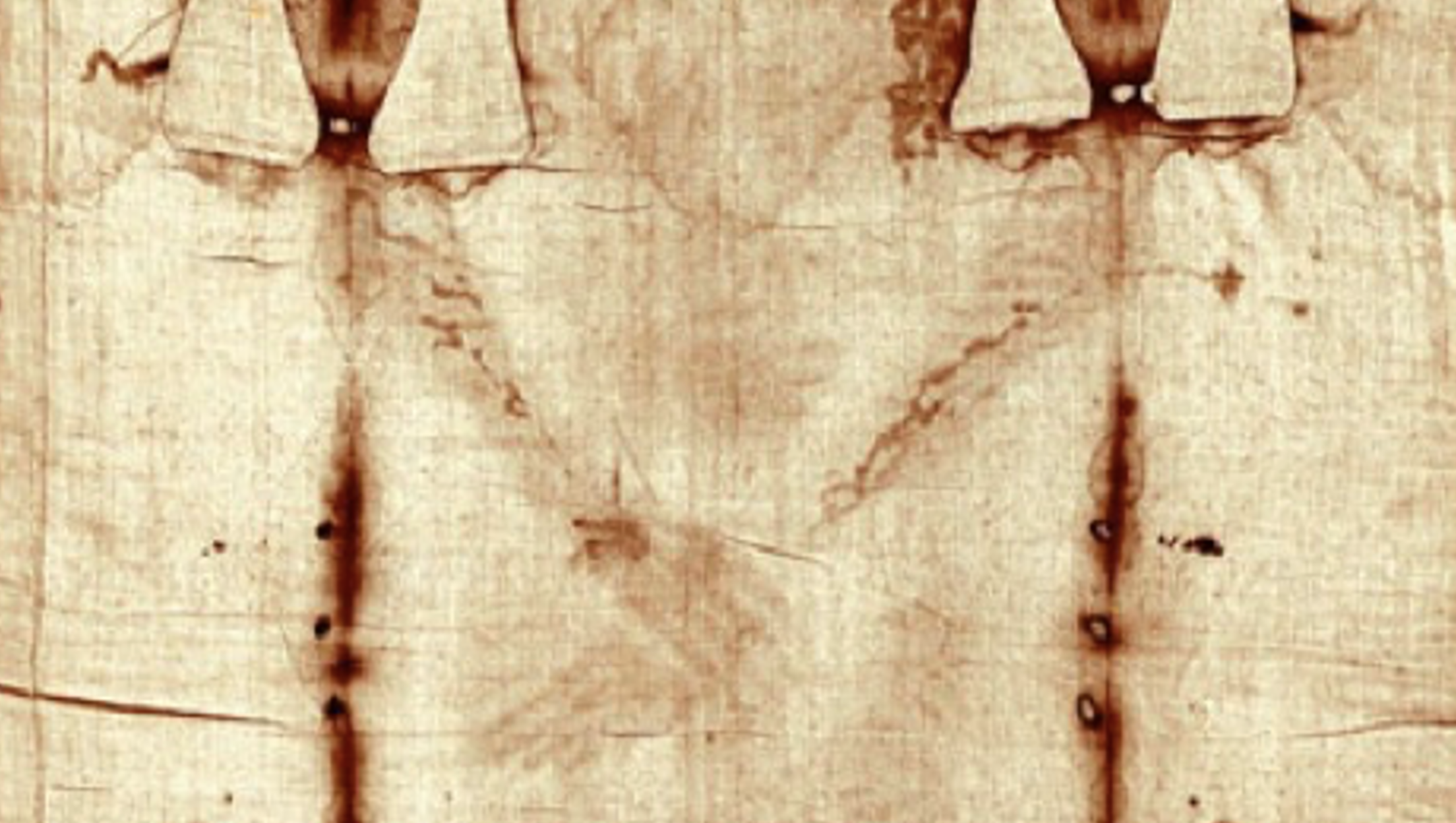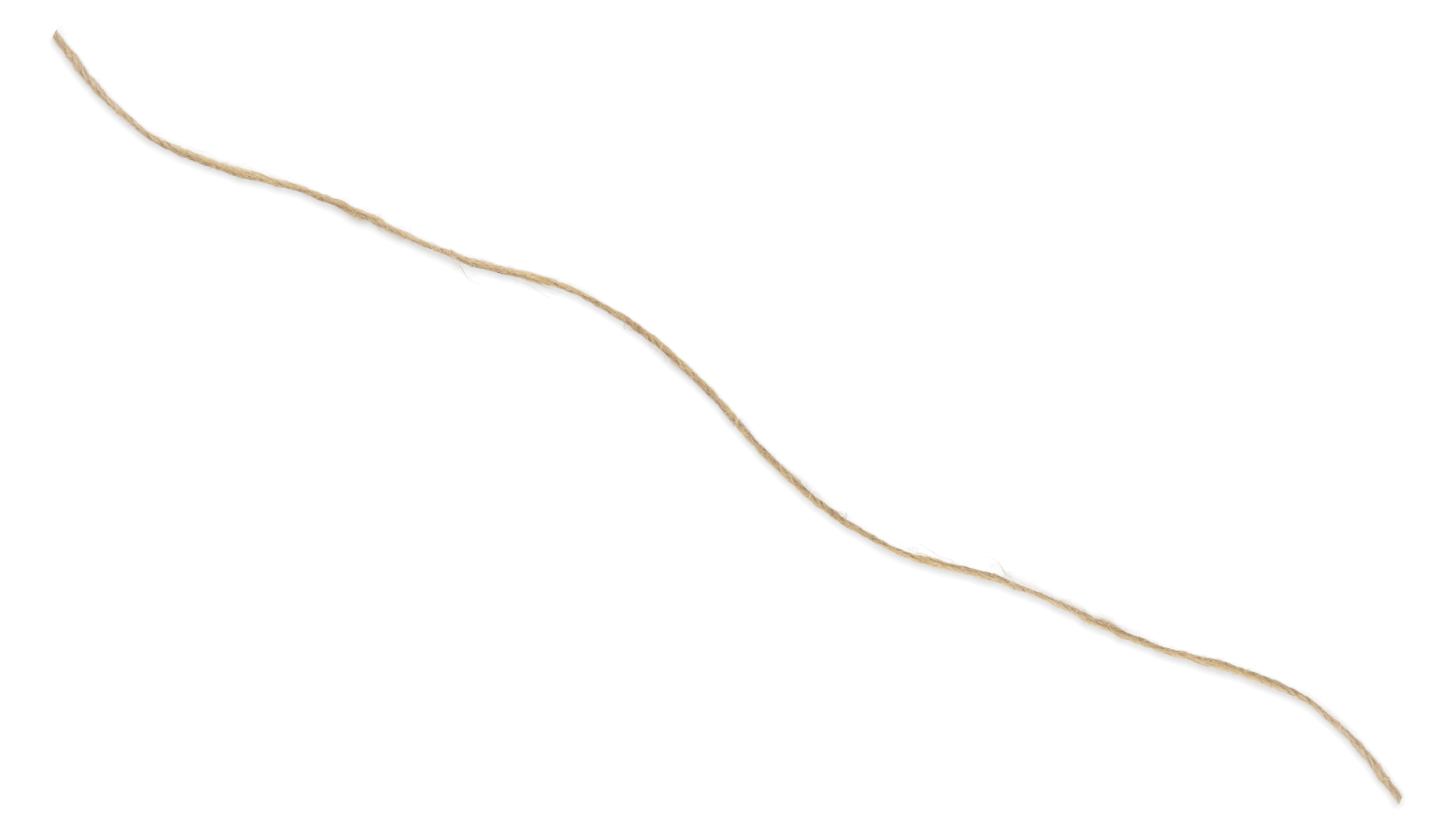When the blood stains on the Shroud are examined, the wounds of the man of the Shroud match exactly with what happened to Jesus in the Gospels.
In 1978, a sample of blood was removed using sticky tape from the area at the back of the head that was wounded by the crown of thorns.
Discovery #1
Real blood is present on the Shroud.
The STURP Team discovered the blood tests positive for hemoglobin and serum albumin – a protein found in blood.
Discovery #2
The blood contains high levels of creatinine and bilirubin
- A 2017 study showed that blood with high levels of creatinine and bilirubin indicate that the person was under either extreme mental or physical stress.
- These are waste products that are released when cells are destroyed and can indicate failure of the kidneys and liver.
- For this reason, the blood has a bright red color. (Blood typically turns brown or black over time.)
Discovery #3
The blood is type AB which is the universal recipient . The blood has not been tested to determine the Rh factor which would indicate if the type is positive or negative.
DNA is present all over the Shroud. However, DNA Studies are challenging because the Shroud has been extensively handled by many people resulting in contamination and the DNA is also degraded by time.
AB is the rarest blood type in the world – less than 5%.
Interestingly, the blood that has been tested from Eucharistic miracles (consecrated hosts that have transformed into flesh and blood), all have the AB blood type.
Further study is needed to link the blood on the Shroud to the Eucharistic miracles.
Discovery #4
The blood stains correspond to John 19.
- The bloodstains on the Shroud match the way a man was scourged and crucified in the first century.
- The man in the image has pierced hands and feet, and blood flowing from his side.
- According to John 19, after Jesus died on the cross, a soldier pierced his side with a spear and blood and water poured out.
- Under UV light, clear halos became visible around some of the bloodstains. This is from blood shed after death when the heart stops circulating the blood throughout the body. The blood separates into components with the heavy red corpuscles at the bottom and the clear watery serum at the top. This is what appeared to John as water pouring forth from the side of Jesus.
Discovery #5
The blood was on the cloth BEFORE the image of the man.
- Scientists have examined the areas under the bloodstains and discovered there is no image under them.
- The fibers soaked in blood have not oxidized (browned) like the rest of the image, likely due to the bilirubin.
- Due to capillary action, the blood soaked through the fabric while the image did not, so the bloodstains can be seen on both sides of the fabric.
Takeaway
The blood was on the linen first – before the image.
The bloodstains exactly match the Gospel accounts of Jesus’s suffering and death. How does learning about the blood on the Shroud change




